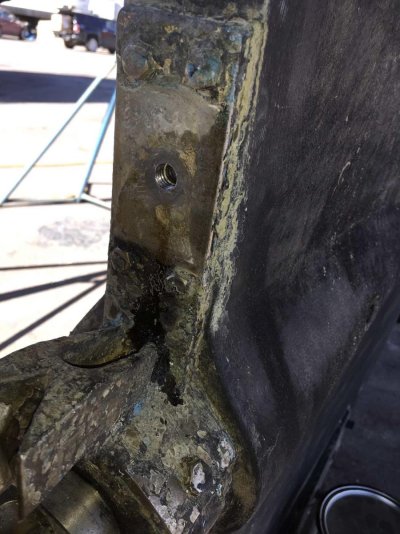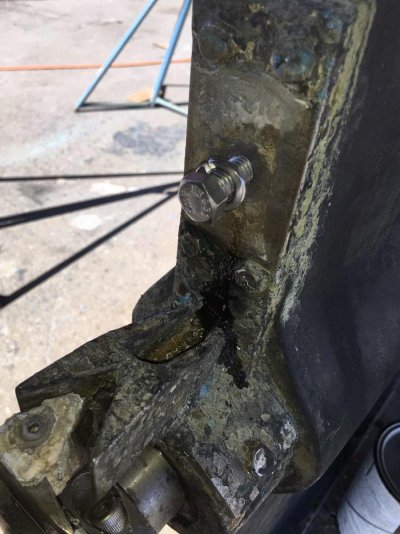Northern Spy
Guru
- Joined
- Feb 5, 2012
- Messages
- 4,075
- Location
- Canada
- Vessel Name
- Northern Spy
- Vessel Make
- Nordic Tug 26
Stainless Steel work hardens. Use lots of lube and go slow. If you drilled it without lube it probably hardened right up.
You are not the first one to break a tap off in SS.
Bugger.
If I was driving home from YVR tomorrow, I'd volunteer to come and help, but I am flying.
You are not the first one to break a tap off in SS.
Bugger.
If I was driving home from YVR tomorrow, I'd volunteer to come and help, but I am flying.



